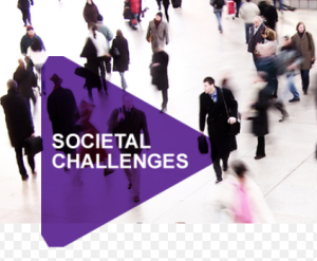 Has consulting changed over the years? Certainly the business model behind them has, big time.
Has consulting changed over the years? Certainly the business model behind them has, big time.
I really do wonder where it is all going inside the business organization.
Consulting has become a huge business dealing with our global and local organizations and governments.
Just take a peek around the board room doors, just who are all those strange faces, bulging muscles, huddled in meetings with the boss? Ready to take on the world.
Following on from my recent post on “the value of the visiting consultative fireman” this further post explores the external reliance on the consultant our organizations have become accustomed too. It got a little long, my apologies for that. Continue reading “That sheer consulting muscle hopefully delivering global momentum”








